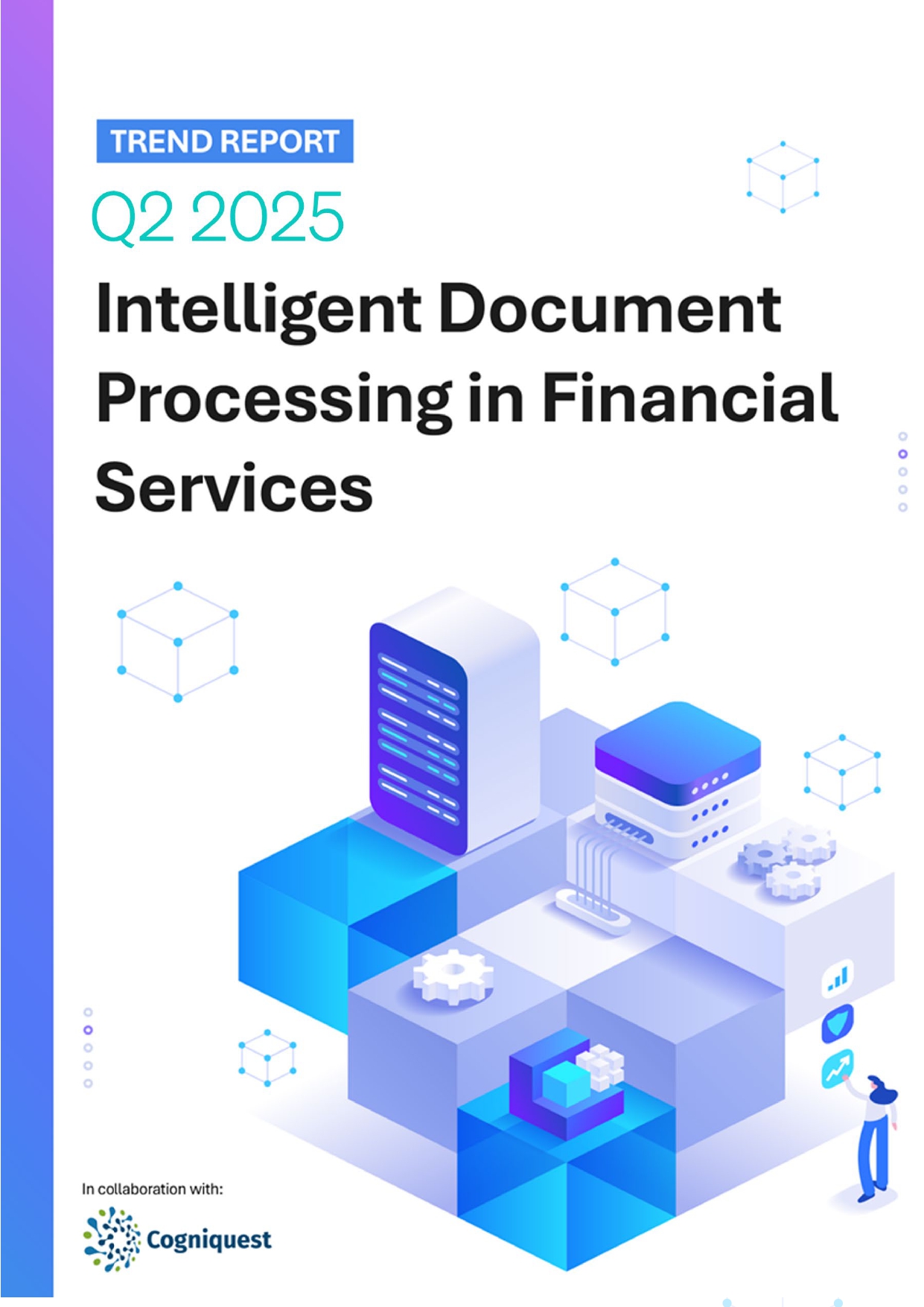 Back
Back
What does Africa’s VC tech boom mean for FinTech innovation in the region?

With the rise of Covid-19 in 2020, countries worldwide began to introduce national lockdowns in an effort to stop the spread of the virus. Across the globe, people found ways to cope with navigating the so-called “new normal.”
by Karen Nadasen, CEO, PayU South Africa
Africa, for example, has long believed that “cash is king,” but with more than half of the population having limited or no access to traditional banking, mobile money has proven to be life-changing. Thanks to alternative payment methods, many African families were still able to access essential services simply through a mobile device. Fintech firms have been critical in facilitating these transactions throughout.
In general, fintech development has been directly linked with financial inclusion, poverty alleviation, and enabling economic progress in Africa. However, as the payments industry develops, the goal is to strike a balance between new benefits and long-term economic value. The integration of finance and technology creates an ideal environment in which the continent’s market economy can improve its efficiency.
As fintechs continue to build on existing mobile and telecommunications infrastructure, it is clear that we are only at the cusp of Africa’s potential as the next payment and e-commerce hub.
The current state of FinTech in Africa
Last year, Europe saw record-breaking fintech investment in the Nordic region ($4.8 billion), Germany ($2.5 billion), and France ($2 billion). When compared against Africa, there is still room for growth, but it is evident that African entrepreneurs are gradually catching up with research finding that in 2021, African entrepreneurs raised more than $4 billion in VC funding, with fintech startups accounting for more than half of total capital.
The same research also found that the top four countries with the biggest population of software developers received 81% of venture capital funding globally (Kenya, South Africa, Egypt and Nigeria).
These countries, in particular, have been progressively making a name for themselves as fintech leaders within the African region. South Africa had been notable due to its well-established banking system, with its top four banks providing 80% of banking services in the country. Kenya, on the other hand, continues to make significant strides as a result of M-Pesa, the mobile-based fintech. In fact, M-Pesa provides more than 51 million customers across seven countries in Africa with a secure and affordable way to send and receive money, top-up airtime, make bill payments, receive salaries and even receive short-term loans.
In Egypt, new government laws are making it easier to apply for banking licences. Because of this, the country has risen to prominence as a key supplier of fintech firms in the last year. That said, Nigeria remains the largest investment in developing fintech startups. Paystack and OPay are among Nigeria’s most well-known fintech unicorns, valued at more than $1 billion.
Additionally, while research shows that 45% of the population relies on a formal bank account, 81% have reported owning a mobile phone. Increasing mobile access is creating opportunities for fintech intervention to enable financial inclusion in the region.
Why access to mobile devices is key
According to World Mobile’s research, Africa’s internet economy will more than double in value over the next three years, from $115 billion today. Furthermore, 71% of investors expect mobile phone affordability in Africa to improve over the next three years, according to the same study.
14 years after the launch of M-Pesa in Kenya, there are now nearly 200 million consumers subscribed to mobile money services in Africa. In fact, mobile payments across the continent saw large growth even prior to the pandemic. Africa was actually responsible for two-thirds of total global mobile money transactions recorded in 2018 alone.
That said, there is still much to be done to enable fair access to mobile devices, such as data costs. Kenya and South Africa for example, have the most advanced mobile infrastructure and high internet traffic in the continent, yet it falls far behind the worldwide mobile data pricing list in 2021, with charges of $2.25 and $2.67 per gigabyte of data respectively. This, in comparison to the $0.27 charge in Sudan for example, is a significant barrier to further mobile adoption.
Countries like South Africa will see more widespread adoption of mobile payments once it becomes more accessible to all consumers. In September 2021, the number of banknotes and coins in circulation in South Africa represented 2.7% of the country’s R6.1 trillion GDP, reflecting the high demand for cash in South Africa. To ensure a noticeable shift to digital services across the entire continent, fintech innovation needs to consider accessibility and affordability.
Despite this, mobile payments continue to lead Africa’s fintech revolution and two things remain clear: the migration to digital payments is here to stay, and the acceleration of fintech-led solutions will continue to see support by governments and regulators due to its potential to promote economic growth.
Investing in Africa to drive financial inclusion in emerging markets
Financial services for cross-border trade, peer-to-peer remittances, personal money management, and more, will become more accessible and commonplace across Africa as technology advances and mobile payment capabilities improve. This, in turn, will create further opportunities for both merchants and consumers to build on the region’s economic growth.
There is still significant progress to be made, however, in shifting the preference for cash and ensuring affordable mobile data. Once this is addressed across the entire continent, mobile payments will see a steep increase in adoption, particularly due to the increased recognition of its socio-economic benefits. 2022 will see more partnerships occur between financial institutions, governments and mobile payments providers. This will ultimately create more choice, opportunity and day-to-day improvements for the millions of people across the globe’s largest continent.
IBSi News
Get the IBSi FinTech Journal India Edition
- Insightful Financial Technology News Analysis
- Leadership Interviews from the Indian FinTech Ecosystem
- Expert Perspectives from the Executive Team
- Snapshots of Industry Deals, Events & Insights
- An India FinTech Case Study
- Monthly issues of the iconic global IBSi FinTech Journal
- Attend a webinar hosted by the magazine once during your subscription period
₹200 ₹99*/month
* Discounted Offer for a Limited Period on a 12-month Subscription
IBSi FinTech Journal

- Most trusted FinTech journal since 1991
- Digital monthly issue
- 60+ pages of research, analysis, interviews, opinions, and rankings
- Global coverage
Other Related Blogs
November 25, 2024
Building a strong financial foundation: 5 Strategies for stability & growth
Read MoreRelated Reports

Sales League Table Report 2025
Know More
Global Digital Banking Vendor & Landscape Report Q2 2025
Know More
NextGen WealthTech: The Trends To Shape The Future Q4 2023
Know More
Intelligent Document Processing in Financial Services Q2 2025
Know More

